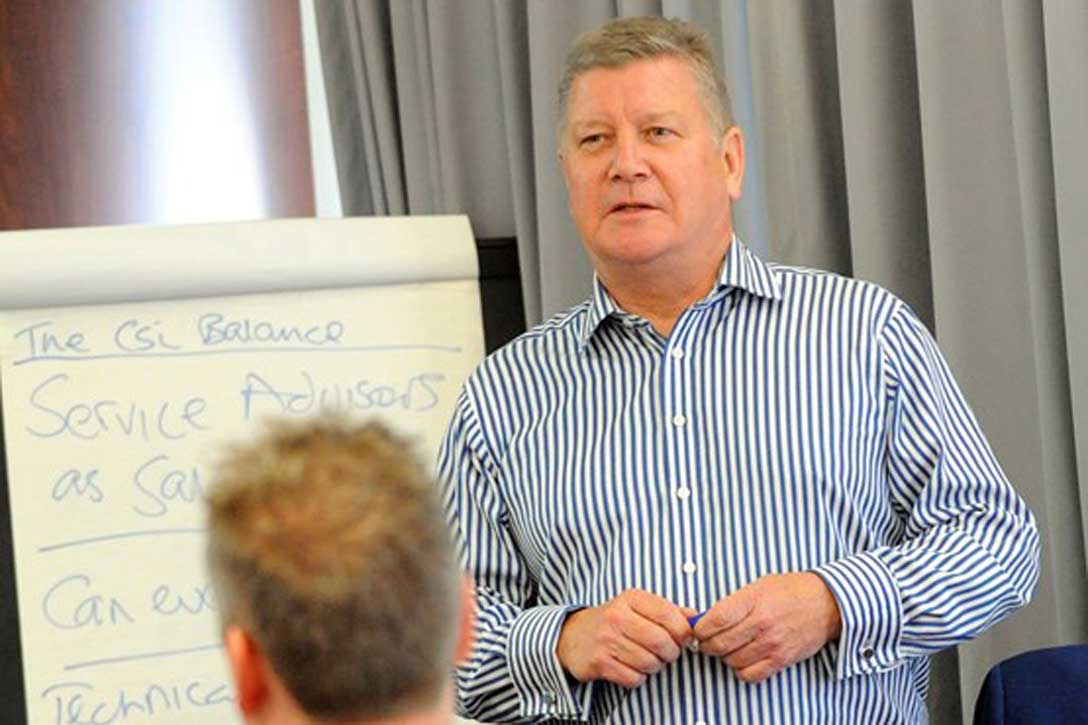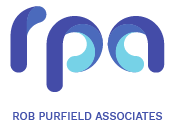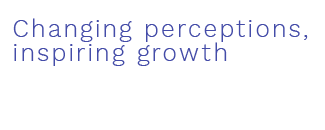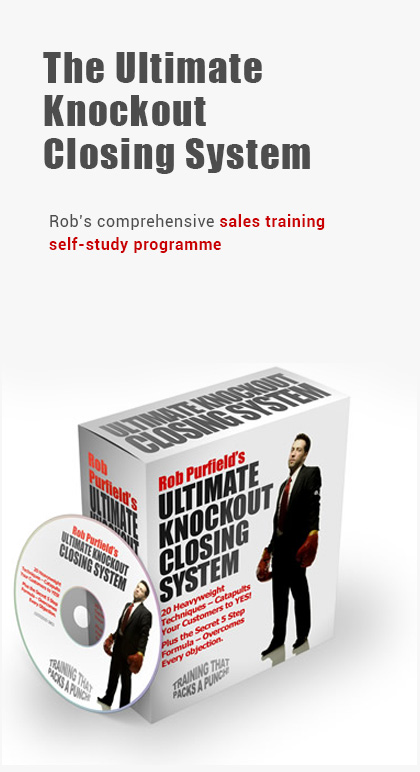Get the conversation flowing to build the yes strand in the prospect’s mind.
Have you ever watched a mystery shop video and witnessed one of those moments when the prospect isn’t too sure if it is their turn to speak and the salesperson isn’t too sure what to say next? This leads to one of those tumbleweed moments like in the old Spaghetti Westerns just before a gunfight. Well the reason this happens is because the salesperson is answering questions rather than asking them.
Let me see if I can explain.
When prospects arrive in your showroom, they have many questions in their head. How much is it? How much for my car? What colours do they come in? Can I get finance?
The problem starts when we are very young. As youngsters we were conditioned to answer questions and to answer them properly. Do not answer a question with a question – it irritates the hell out of your parents and teachers (also, your boss when you get a job) – the polite and correct thing to do is always answer the question as it was asked.
Now, that is fine for everyday interactions and it will certainly help in not upsetting your parents, partner or your boss. However, it will not help when talking to prospects and trying to persuade them to buy a car from you. In fact, nothing could be worse.
There are two reasons why you should never answer a question without paving the way for another question, firstly it keeps the conversation flowing, but more importantly it can create a YES momentum, which is very important when it comes to asking for the business.
You see, the actual battle for the prospect’s business is really happening between their ears – it is not something you can see, it is not something that is always obvious. However, it is always happening and what we need to create is that subconscious yes strand in their head. What I mean by that is we need to get the prospect to process the word yes as often as possible in their head. We need the prospect to rationalise reasons for buying at every stage so that when it comes to making a decision and they review all the information in their head, the answer is yes.
Let’s take a couple of examples.
Prospect asks “Does it use a lot of fuel?” The standard answer would be “Well it has an urban consumption of 35 mpg and a combined of 45 mpg but you may get a bit more on a longer run.” There is no ‘yes’ processing there, so let’s try “Is fuel consumption a consideration for you when buying a car?” The obvious and only answer has to be yes, because that is why they asked the question in the first place. “OK, well the mpg on this car is 35 mpg in an urban situation and as much as 45 mpg combined. On a longer run you may get a bit more, does that suit your needs?” You are going to get a yes or a no at this point.
If it is a yes, then you can move on to your next ‘sales question’ if it is a no then you could ask ‘OK, so let us look at another model that works better for you, what fuel consumption were you hoping for in your new car?” Another simple example is “Do they do them in red?” Answer “‘Was it a red one you were looking for?” The opportunity to ask questions that get the customer to respond yes is always present.
I would warn however, not to follow one with another, and another, and another because it will begin to become tedious. Learn as many questioning techniques as possible, the one described above is known as the ‘Sharp Angle’ technique because of the way it works.
Another great yes technique is the ‘Tag Question’ – isn’t it, doesn’t it, or won’t it. Following any statement you make with a tag question will usually turn it into a great closing question, getting you the answer you want and build that yes strand in the customers mind. For example: “You mentioned earlier that fuel economy was important to you, didn’t you?” “YES”. “Well, this has a combined consumption in excess of 45mpg, which is pretty impressive for a car of this size, isn’t it?” “YES.”
Conclusion
Great salespeople have spent time learning and practicing their questioning techniques and they always answer a question with another question. They keep the conversation flowing and they keep building that yes strand in the prospect’s mind.






Leave a Reply